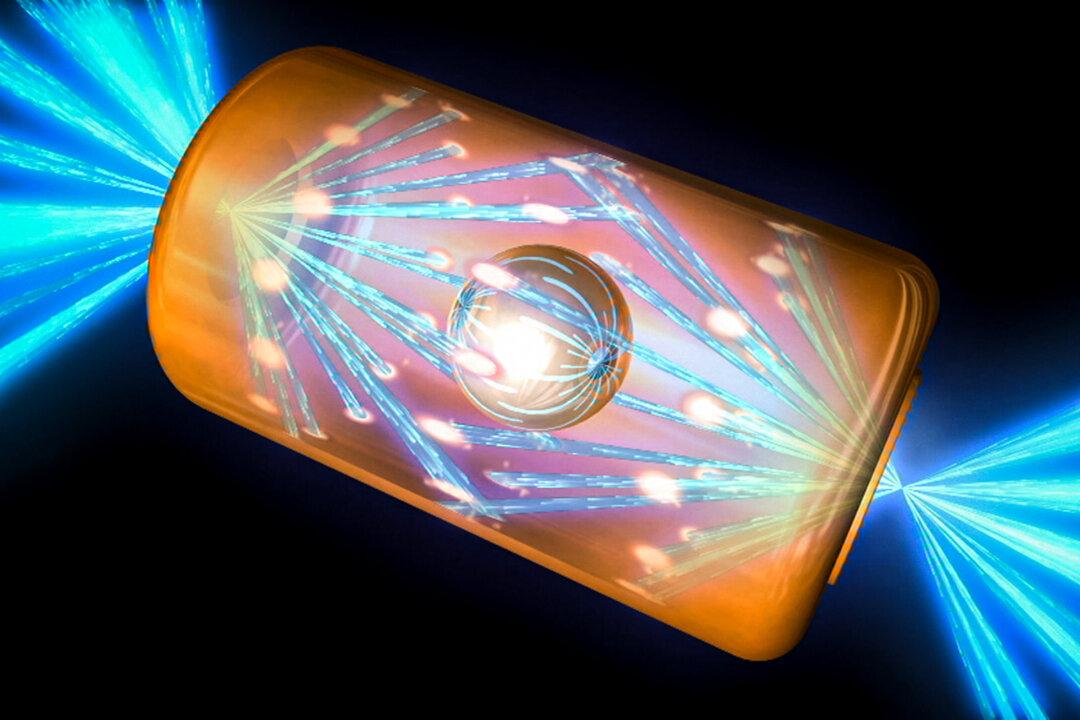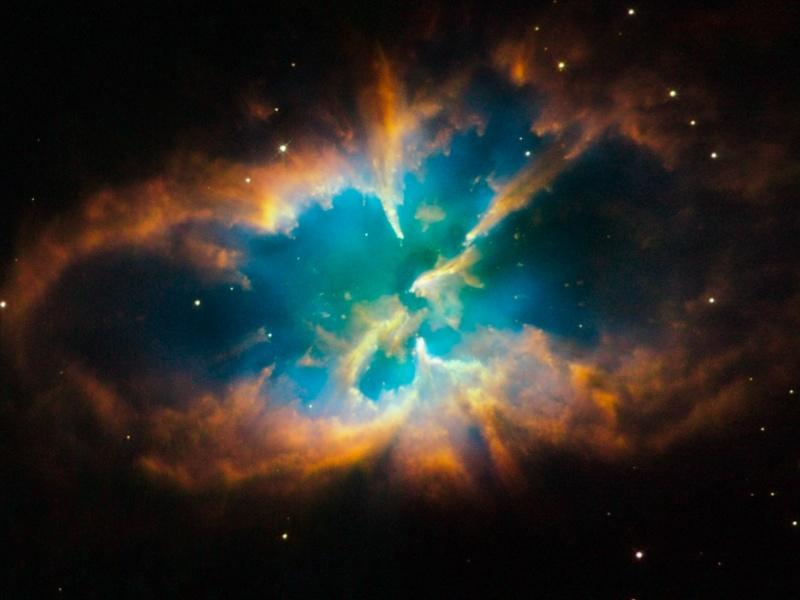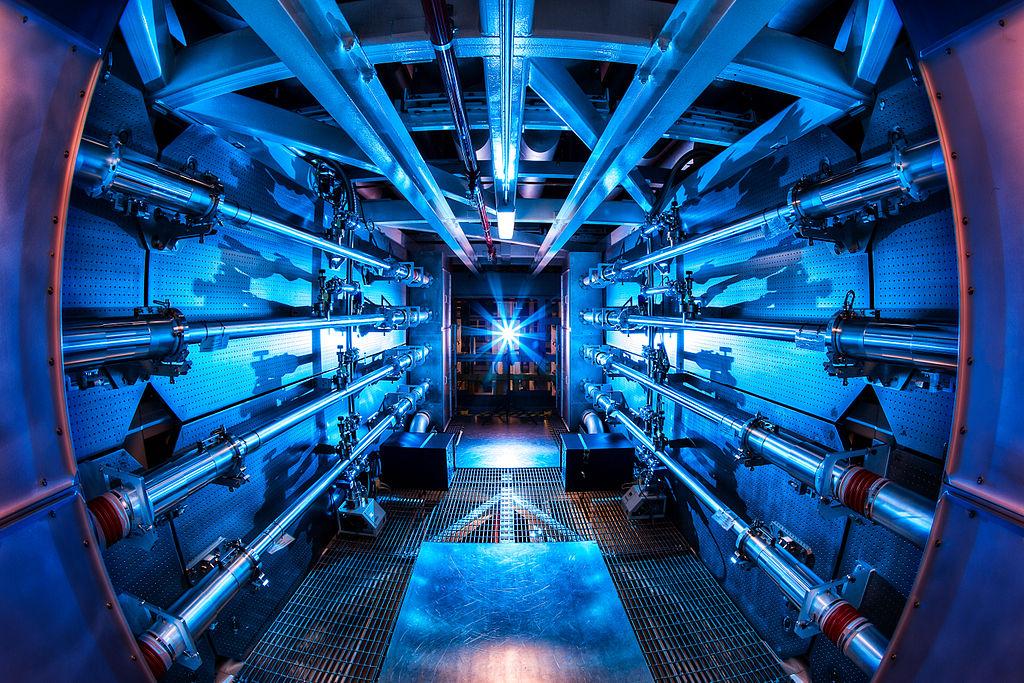Focus
nuclear fusion
Nuclear Fusion, a Perpetually Distant Dream, Moves Closer to Reality
‘Fusion is the most technologically challenging approach to making energy that mankind has ever attempted,’ physicist Robert Fedosejevs said.
|
Small NZ Company Joins the Race to Perfect Nuclear Fusion
OpenStar, started just 3 years ago in a Wellington flat, has joined the worldwide race to develop viable nuclear fusion technology.
|
World’s Most Powerful Laser Is 2,000 Trillion Watts–but What’s It For?
The most powerful laser beam ever created has been recently fired at Osaka University in Japan, where the Laser for Fast Ignition Experiments (LFEX) has been boosted to produce a beam with a peak power of 2,000 trillion watts – two petawatts – for an incredibly short duration, approximately a trillionth of a second or one picosecond.
|
MIT Researchers on Verge of Creating Limitless Energy From Nuclear Fusion
Engineers have tinkered with different reactor designs over the years, but an energy efficient fusion reactor remains elusive. Now, researchers are MIT claim that they’ve found a new material base for superconductors, enabling reactors to finally generate energy.
|
Boeing Patented a Nuclear Fission-Fusion Jet Engine, Which Will Never Work
Last month, Boeing patented a nuclear fission-fusion jet propulsion engine; in the design, a laser heats a pellet of deuterium and tritium, starting a fusion reaction and releasing the hot gases produced in the process out of a nozzle to create thrust.
|
Nuclear Fusion, a Perpetually Distant Dream, Moves Closer to Reality
‘Fusion is the most technologically challenging approach to making energy that mankind has ever attempted,’ physicist Robert Fedosejevs said.
|
Small NZ Company Joins the Race to Perfect Nuclear Fusion
OpenStar, started just 3 years ago in a Wellington flat, has joined the worldwide race to develop viable nuclear fusion technology.
|
World’s Most Powerful Laser Is 2,000 Trillion Watts–but What’s It For?
The most powerful laser beam ever created has been recently fired at Osaka University in Japan, where the Laser for Fast Ignition Experiments (LFEX) has been boosted to produce a beam with a peak power of 2,000 trillion watts – two petawatts – for an incredibly short duration, approximately a trillionth of a second or one picosecond.
|
MIT Researchers on Verge of Creating Limitless Energy From Nuclear Fusion
Engineers have tinkered with different reactor designs over the years, but an energy efficient fusion reactor remains elusive. Now, researchers are MIT claim that they’ve found a new material base for superconductors, enabling reactors to finally generate energy.
|
Boeing Patented a Nuclear Fission-Fusion Jet Engine, Which Will Never Work
Last month, Boeing patented a nuclear fission-fusion jet propulsion engine; in the design, a laser heats a pellet of deuterium and tritium, starting a fusion reaction and releasing the hot gases produced in the process out of a nozzle to create thrust.
|
















